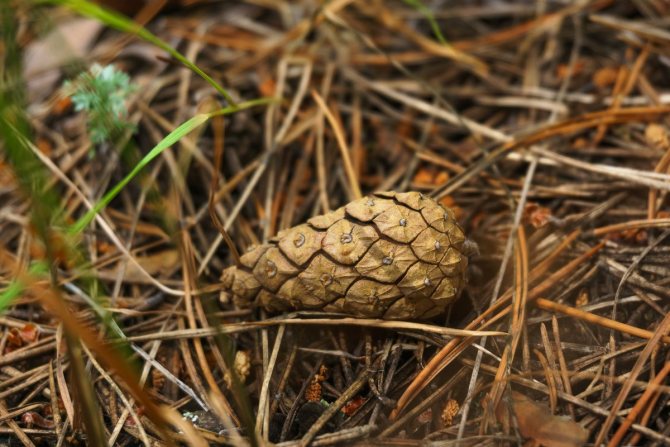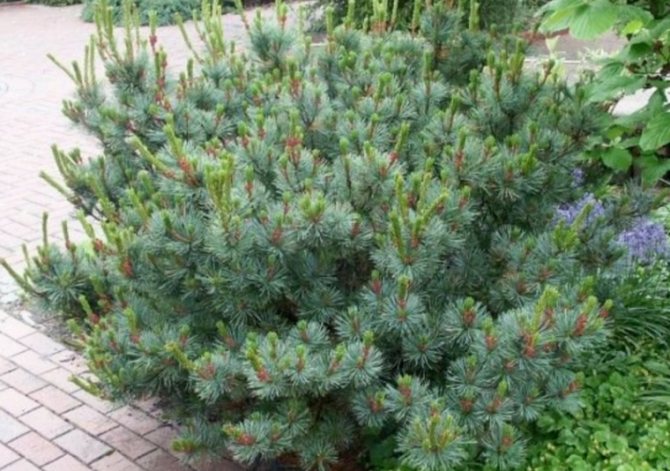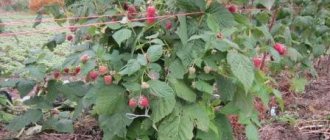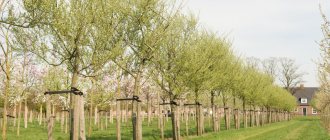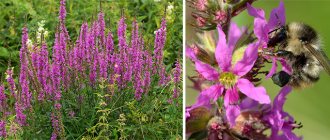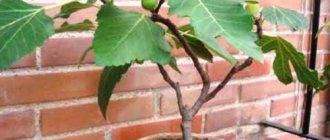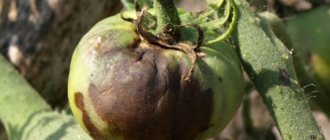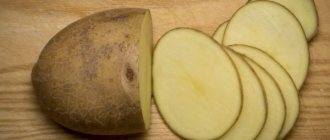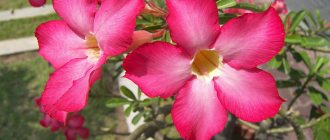Pine needles for mulch
Pine needles are an excellent source of organic matter for the garden, without the use of harsh chemical fertilizers.
They can be used as mulch, for this it will be enough to make a layer of 5-8 cm, which will reduce the appearance of weeds, maintain soil moisture, and enrich the soil.
Here are four reasons to start using needle mulch:
The needles remain on the surface for a long time
The needles do not decompose for a long time, does not float from the rain and does not wash off, which allows you not to change the mulch for a long time, this will save you time.

Retain moisture
During the rains, needles act as a protective carpet, which allows moisture to penetrate through the needles, while soil erosion does not occur and moisture is retained in the soil for a long time.
Retards the growth of weeds
One of the functions of any mulch is to inhibit the growth of weeds, they cannot germinate without sunshine.
Improves the soil
Like any organic material, pine needles decompose, but it does so more slowly than, for example, leaves.
Soil breathes better when covered with needles rather than grass mulch, due to the fact that the needles are not compacted.
But after decomposition, when the needles enter the soil, it not only fills it with nutrients, but also improves aeration and drainage.
Needles as fertilizer
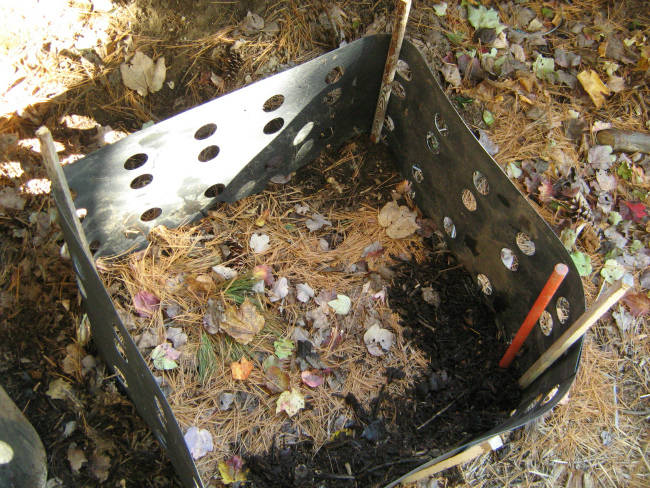

Needles are a valuable organic fertilizer if you know how to apply them correctly.
Since the direct addition of fresh needles to the soil has a depressing effect on plants, it must first be prepared using composting.
They do it like this:
- Peat is poured onto a flat, rain-protected area with a layer of 10-15 centimeters or 5-7 centimeters of humus (fallen leaves and other soft plant residues from the garden can also be added there).
- The substrate is lightly tamped and placed on top of a pine or spruce bedding with a layer of 15 to 30 centimeters.
- To remove acidity from the compost, sprinkle the needles with phosphorite flour, ground limestone, powdered chalk or dolomite (the volume of these materials should be from 2 to 3% of the total weight of the compost).
- Spill future compost with a strong solution of mullein, chicken droppings or plain water.
- Repeat steps 1-4 until the pile reaches 1.5-2 meters in height (its main width should be 2-3 meters).
- The topmost layer should be peat (earth) and at least 20 centimeters thick.
It should be remembered that compost based on needles decomposes for a long time, from two to three years. It should be used only after full ripening, that is, when it is a homogeneous, dark brown mass with a characteristic "mushroom" smell.
You can also prepare a liquid top dressing for garden plants from the needles. You can find her recipe here - "How to make fertilizer from a Christmas tree?"
Pine needles for soil acidification
The needles, contrary to popular belief, do not acidify the soil.
Or rather, this is the case: if you take fresh green needles (which have a pH of 3.2 - 3.8) and mix them with the soil, there will be a slight acidification for 3-4 months, which is very convenient to use for annual plants.
But already dry yellow needles will not acidify the soil at all, they have an almost neutral pH.


This way, you can safely add pine needles to compost or mulch without fear of plant damage or soil acidification.
If your soil is limestone, pine needles are unlikely to lower the pH.
Why is this so useful?
Coniferous needles and cones, as well as litter, are biodegradable material that saturates the soil with useful substances. Using it on your site, you can achieve an increase in productivity, scare off pests, especially creeping ones, which will be inconvenient to move along the needles (caterpillars, slugs, snails, etc.) - their population will significantly decrease.
Reference! Litter is a mixture of needles, bark and cones of coniferous trees.
Compared to other organic types of mulch, coniferous favorably differs in the following qualities:
- keeping quality - the service life can reach 3 years (if you collect needles for the winter, drying after the season);
- ease - the earth under the coniferous mulch breathes better, since the needles do not compact the soil, the natural moisture and air exchange is not disturbed;
- the ground under the needles warms up well;
- it is not necessary to loosen the aisles - the soil under the mulch remains loose;
- bactericidal properties - increased protection against plant diseases (phytophthora, powdery mildew, etc.).
Phytoncides contained in needles kill many pathogens... It is because of them that the air in coniferous forests is considered healing.
Winter protection
And in winter, this mulch can be used as insulation for plants.
The needles act like a mini greenhouse, keeping warm and preventing the soil from freezing, protecting the root zone from extreme cold.
To do this, add 7 to 15 centimeters of pine needle mulch to your garden beds in the fall.
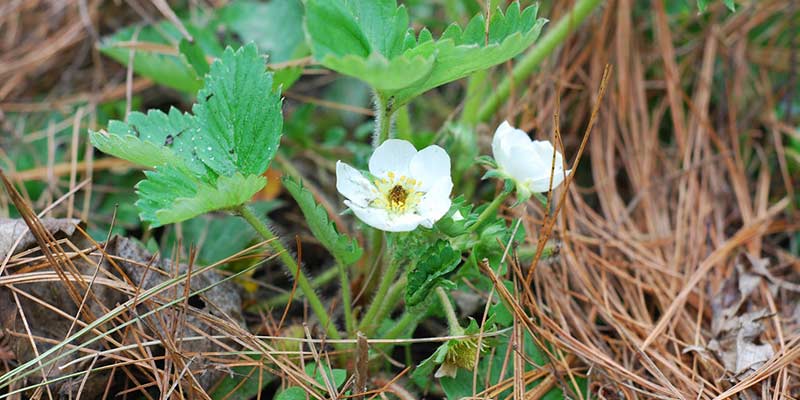

Against diseases and pests
The needles can be used as a natural insecticide and fungicide.
Aphids, flea beetles, leafworm, weevil, apple moth
Used to treat the effects, does not burn plants. Recipe: two teaspoons of soap in 10 liters of water, spray the liquid on the pest affected areas or for prophylaxis.
Colorado potato beetle, wireworm, bear
Preventive measure. Recipe: put a handful of last year's needles in the hole at the time of planting potatoes, pour wood ash on top of the needles, and then plant the potato tuber.
Caterpillar
Preventive measure. Recipe: chop one kilogram of needles with branches, then boil in three liters of water for up to twenty minutes, add 1/4 of soap, spray every two weeks.
Medianitsa, aphid
Preventive measure. Recipe: two kilos of needles per ten liters of hot water, insist the solution in a dark place for seven days, stirring every day, mix the solution with water in a ratio of 1: 3, spray.
Pine needles for compost
The needles themselves are resinous and have a waxy coating that protects them from the cold.
Therefore, the needles dry out and decompose for about two years.
Which is not very convenient for composting, but there is a way out of this situation:
- The needles in the compost should make up 10% of the total mass.
- Mix pine needles with other herbs for more efficient composting.
- To help the needles decompose faster, grind them before adding them to the compost.
What mulch should not be used?
Coniferous mulch can cause harm only if it is used uncontrollably for many years in a row. - the earth may become too acidic.
It is better not to use fresh pine needles. Drying in the sun for several days is a must.
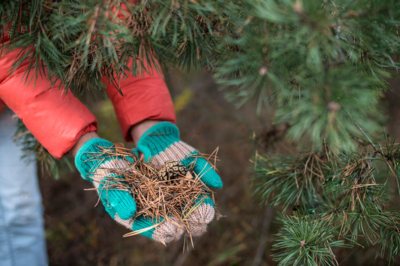

The fungus brought along with raw needles or infected cones can also cause harm. That is why it is very important to collect the material in dry weather. Watch carefully so that there are no uninvited guests - forest ants.
It is better to mulch with needles only those beds that are located far from the barbecue and other sources of fire.as this material is highly flammable.
If the needles are dry, one spark that gets on it is enough for a fire in a garden bed or flower bed. Be careful!
Lapnik as a covering material
Many gardeners use spruce branches as a covering material. The structure of the material allows you to effectively retain the snow cover. In addition, prickly needles reliably protect wintering plants from rodents.
An important advantage of spruce branches in comparison with many artificial covering materials is its air permeability. That is, no damping off during the winter thaws threatens your wards.
This mulch is suitable for sheltering strawberries, various perennials, near-stem circles of garden shrubs and trees.
Answers to common questions
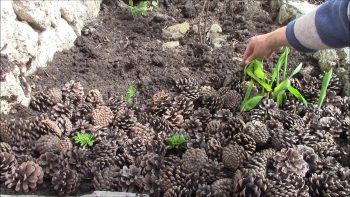

When mulching, use whole or crushed cones.
Question number 1... What fertilizers can be used in conjunction with needles mulch?
Answer: In summer, mulch is mixed with humus, compost or spilled with mustard and nettle infusion. In autumn, the land is fertilized with manure or green manure is used. For the winter, the site is sown with mustard or grain (rye or rye). After green fertilization, the soil becomes loose and soft, like fluff.
Question number 2... When to plant strawberry and strawberry cones, in autumn or spring?
Answer: It makes no sense to lay cones in the fall or early spring, as soon as the snow has melted. The soil must dry out so that pests do not start and diseases do not multiply under the mulch layer. As soon as enough soil dries out, leaves and strawberry ovary appear, then cones should be laid. The layer is about 10 cm. If you need to mulch the antennae, then the thickness of the layer is reduced.
Question number 3... Can the needles and cones be reused next year?
Answer: Yes. If the cones and needles are not saturated with moisture, the mulch has not started to rot, then in the fall they are put in bags and stored until spring in a dry room.
Question number 4... Is it true that ants often grow in their needles mulch?
Answer: The relationship between spruce mulch and the appearance of ants in the garden has not been fully understood, but one thing is known for sure. Together from the needles and cones from the forest, forest ants are brought, which, unlike garden ants, will dig through the entire site. Be vigilant when collecting coniferous litter.
Repelling insects
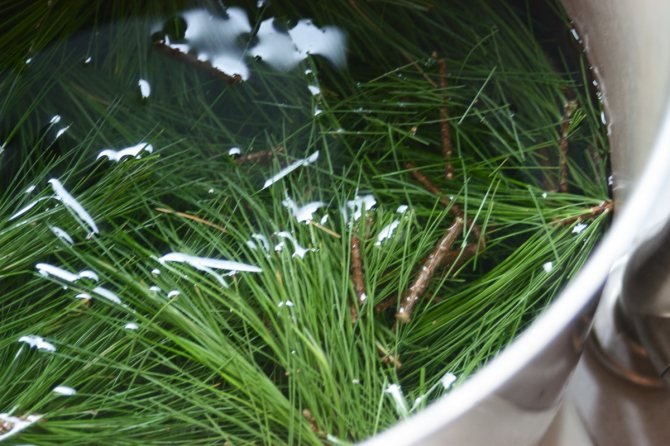

Infusion of needles is used in early spring as a means of preventing insect reproduction. It is also effective against caterpillars, aphids and the Colorado potato beetle, weevil, leafworm, moth.
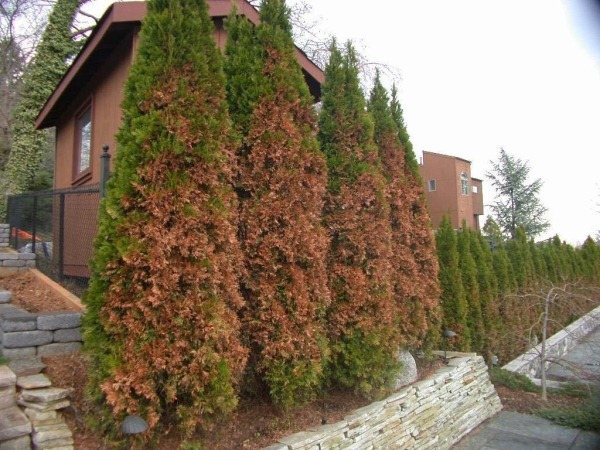

Why do conifers turn yellow after transplanting into the ground Tui, spruces, yews and other conifers are sensitive and capricious. With improper care, they will quickly begin to turn yellow, especially for young seedlings recently planted in the ground. The earlier ...
How to prepare insect infusion:
- Pour 1 kg of pine needles with hot water.
- Put the raw materials in a warm place and leave for 3-4 days. Stir occasionally.
- Strain, add water (1: 1) and liquid soap (2 tablespoons), stir.
Fruit trees are sprayed with infusion 3 times - when the buds swell, during budding and at the end of flowering.
Shelter plants for the winter
Pine and spruce branches are suitable for winter shelter of grapes, climbing roses, rhododendrons, azaleas, hydrangeas and clematis. They protect plants well from freezing and drying.
First, the lashes are removed from the supports, tied and laid on coniferous branches in a ring, or simply bent to the ground and pinned. Instead of branches, you can use the needles themselves. To do this, you need to fill it with a mound, and lay the lashes of plants on top. You can combine such a shelter with peat or compost, and then wrap the branches with non-woven covering material.
In a similar way, you can cover the winter planting of vegetables and bulbous plants. The needles are also suitable for warming the root system of young seedlings. For this, bags filled with coniferous needles are placed in the near-trunk circle. Such a shelter will not only protect the roots from severe frosts, but also drive away uninvited guests - mice and hares.
Dear Readers! Perhaps you are using pine needles in the garden or in the garden in some way that we did not remember in this article. Write about it in the comments. We are sure that your experience will be of interest to many readers of Botanichka.
Gardeners' mistakes in mulching with coniferous needles and cones
Common mistakes:
- Gardeners use needles as mulch for all crops on the site. Coniferous cones and needles acidify the soil, so they are not used for crops that prefer an alkaline reaction. There are other types of mulch, for example, straw and fallen leaves, which do not affect the acidity of the soil in any way;
- Gardeners leave mulch on the site all year round. This cannot be done if the acidity of the soil is high. The needles are removed from the site in August, and the beds are again covered in early spring. In the fall, worms process the needles, which makes the earth acidify;
- Together with coniferous litter, which is used as mulch for currants, strawberries, gooseberries, apple trees and other fruit trees, fungal diseases pass over: rust, mold, root rot and others. Diseases of coniferous trees are transferred to horticultural crops, therefore, before use, the mulch is spilled with any fungicide, for example, with Aktoverm or Fitoverm.
Rate the quality of the article. We want to be better for you:
Warm beds
Pine and spruce needles, like any organic matter, actively generate heat. If you prepare warmed beds on a coniferous basis in the fall, then you can grow early vegetables.


How to equip warm beds:
- Dig a trench 60 cm deep.
- Pour a thick layer of pine needles mixed with wood ash on the bottom.
- Put a layer of manure on top, and on it - weeds and tops, overslept with earth, then - 20 cm of fertile soil. The optimal height of a warm bed is 25-30 cm.
- Cover with dark foil.
In the spring, cuts are made in the film, into which the seedlings are planted. From above, the beds are tightened with spunbond or other covering material.
Needles are an almost universal raw material that can be used with benefit in the garden and vegetable garden. Do not throw away the needles left over from the Christmas trees, you can always use it with benefit. And if there are not enough needles, you can collect it in a nearby fishing line.

